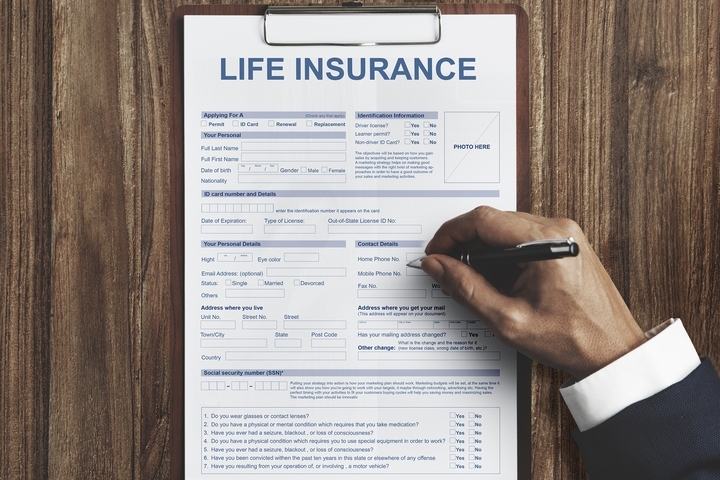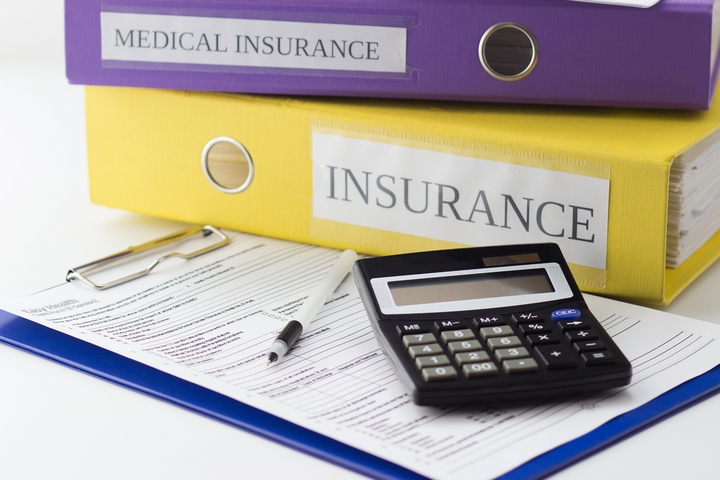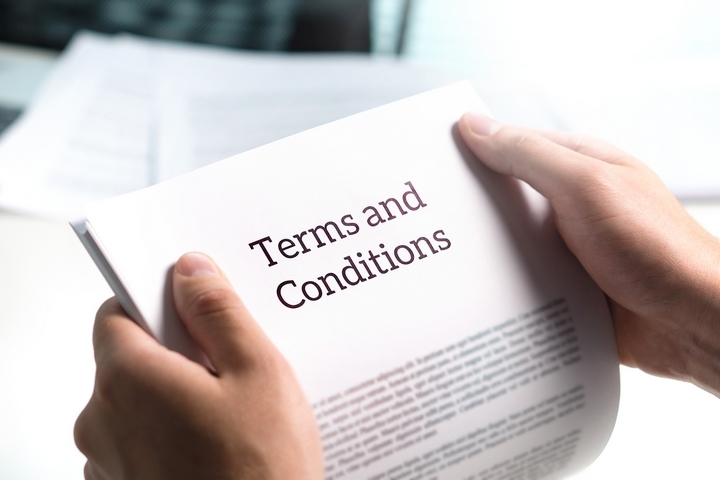Buying insurance is one of the most important decisions in your adult life. In fact, there are different stages to the insurance-adulthood connection. Auto insurance can be viewed as something you do in your 20s, then home and life insurance are what you obtain in your 30s, and long-term care insurance is something you think about in your 40s. Whatever the case, you need to work with an insurance broker and get the best possible coverage for yourself.
Are you insured yet? If not, it might be time to start thinking about insurance and for what. In the market for a home? Home insurance may be in store. Health insurance? If you are starting a family, then this might be something you need. Life insurance? Again, if you have a family, this is a must.
There are plenty of insurance products on the market, but some are more critical than others. So, what are your options? Let’s explore the nine steps on how to buy insurance and get the best coverage possible:
1. Buying Auto Insurance

If you don’t have automobile insurance, then you cannot drive your car. It is that simple. This does not mean you need to be a victim to higher premiums and inadequate coverage. Instead, with the right insurance provider, you can make sure that you have the best package possible. And you can achieve this by just being a decent driver.
Here are some tips to how to save on buying car insurance St Catharines:
- Combine your insurance policies (home, auto, and life).
- Consider the car you drive; get something that is not exorbitant.
- Drive less by taking transit or walking.
- Claim any discounts heading your way.
- Reduce your coverage if your driving is minimal.
Ontario has some of the highest rates in Canada, so you cannot expect the government to intervene or insurance companies to slash the costs. Instead, you need to be smart when buying auto insurance and pick the best coverage for yourself.
2. Buying Home Insurance

Whether you are a homeowner or a renter, it is always a good idea to obtain home insurance. By having home insurance, you protect your property (and your wallet) from risks, such as a robbery, a natural disaster, or a man-made cause (flooding or fire). Home insurance should be as necessary as your monthly automatic savings plan (ASP).
Buying home insurance can be a complex process, so you should always communicate with your insurance broker. Whether you have questions, concerns, comments, and snarks, it is important to work with the person to make certain that both parties are benefiting from the arrangement.
3. Buying Life Insurance

If you are young without a significant other and kids, then life insurance seems like a waste of a product. However, if you have a spouse and children, then it is critical to possess life insurance. Whether you are the breadwinner or you do not want your family to be stressed out about money upon your passing, life insurance can ensure that that the parent looking after the children can still provide for them. Since most households are two-income these days, life insurance is a must-have.
Are you ever too young for life insurance? Nope. Even for a few bucks a month, you can obtain a decent life insurance plan. What makes this great, too, is that even if you never achieve the dream of getting married and having children, you can always get your premiums back once the 20-year term expires. So, you can also think of life insurance as a savings vehicle.
4. Buying Long-Term Disability Coverage

Since you have no idea what society will look like in the future and what your health will be like in your senior years, it is important to acquire long-term disability coverage. Also, this is a product is not just necessary for your winter days, but it could be a great product to have in your youth since anything could happen tomorrow, next year, or in a decade from now.
Long-term disability coverage can provide you with a monthly payment to help you get by, whether it is to make mortgage payments or put food on the table. This is especially a good product if you care for dependents, such as children, a spouse, or another relative. An insurance package that costs $250 a year is worth it for reassurance.
5. Shopping for Affordable Coverage

As you would for buying a new television, a new sofa, or simply groceries, you need to shop around for the most affordable insurance coverage. You look for the best deals, read reviews, and crunch the numbers.
Are you a student living with your folks? Do you have a clean bill of health? Have you installed heavy-duty locks around your home? No matter what type of insurance you are in the market for, it would be a good idea to request discounts. Insurance sellers are willing to hand them out for customer loyalty and cost-savings. They just do not voluntarily offer them – you need to ask.
6. Reading Terms & Conditions

Finally, you need to be careful when buying insurance, especially when it comes to the nitty-gritty details. We get ourselves into trouble because we refuse to read the fine print.
Sure, the font is tiny, it looks like it was written in Greek and translated into Aramaic and into English, and the pages would make Fyodor Dostoevsky blush. It is important to always check up on what are some of the hidden details that can either help or hurt you. Even if you don’t want to read it, try to hire a legal insurance professional who will and guide you in the right direction.

